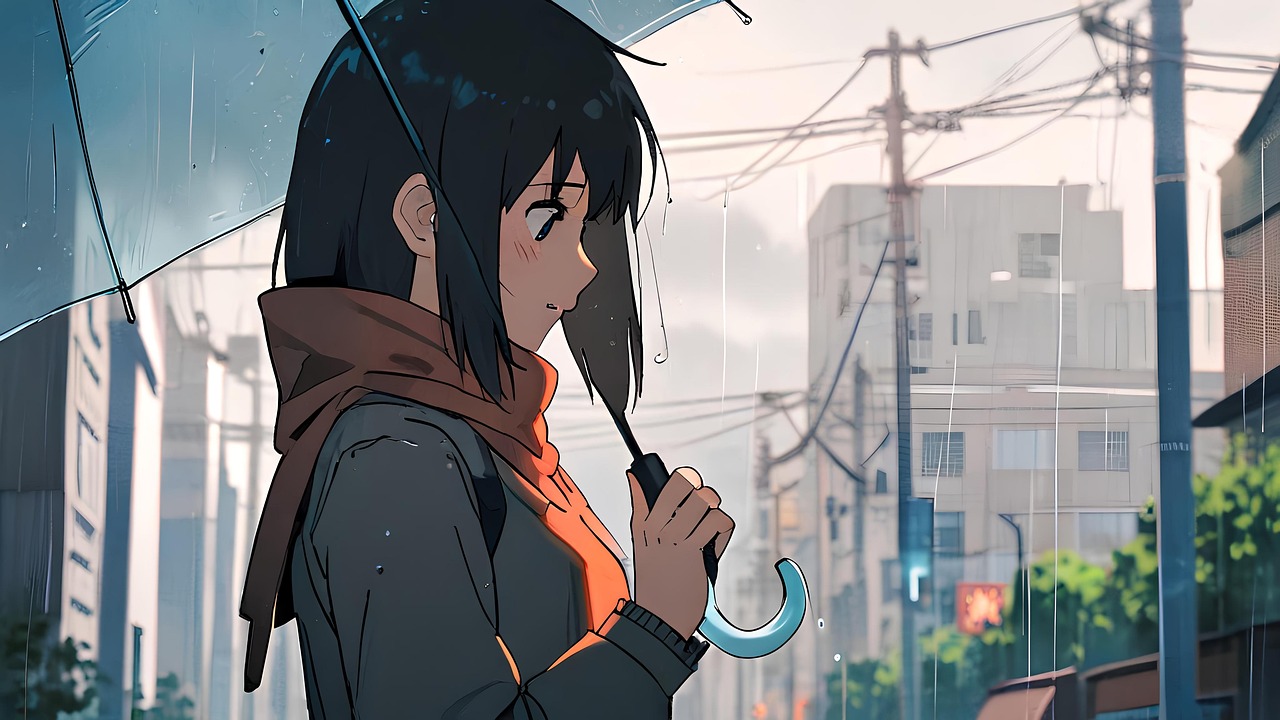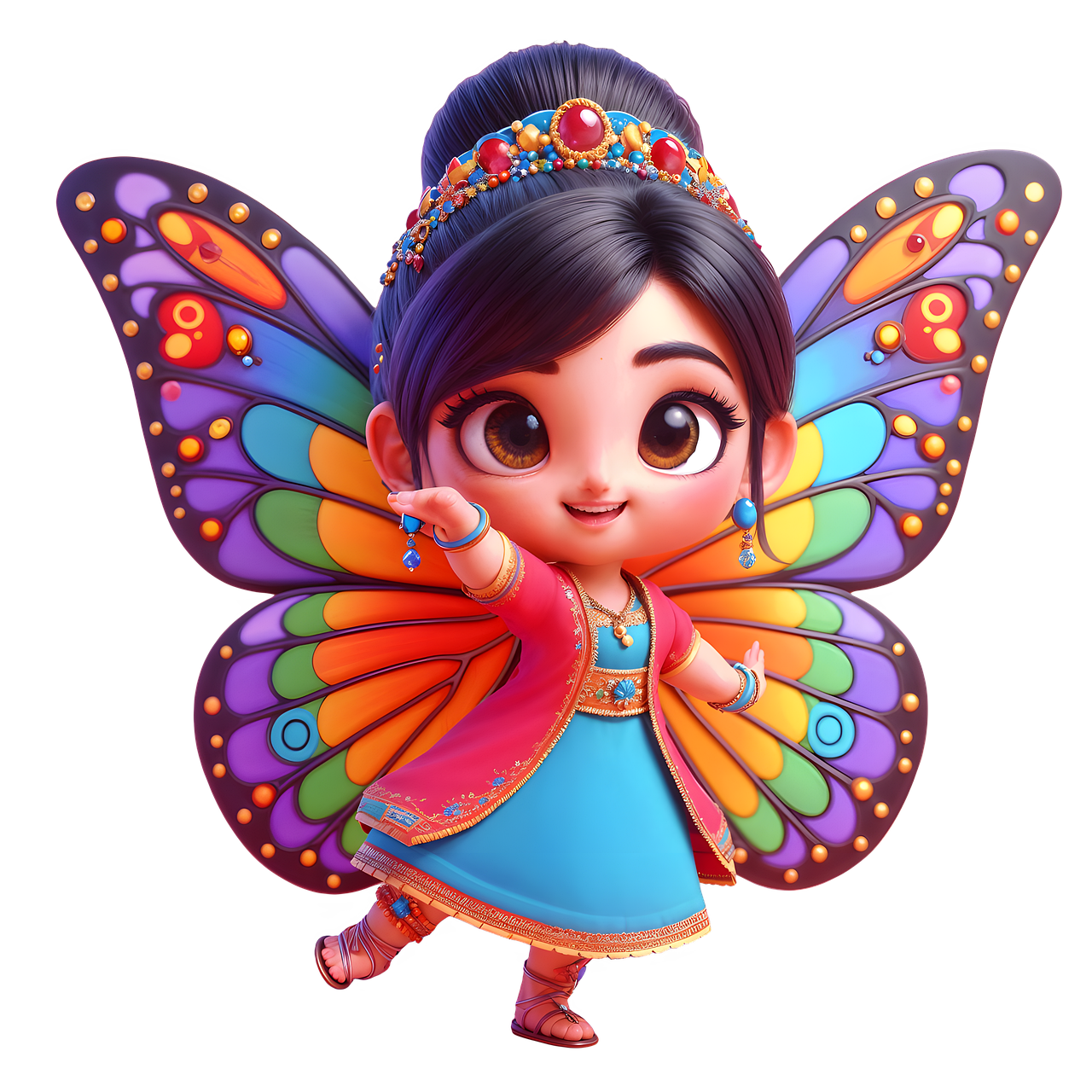
Top Cartoon Characteristics That Make Animated Characters Memorable
Top Cartoon Characteristics That Make Animated Characters Memorable
Animated characters possess an enchanting ability to remain stuck in our minds. No matter if it’s a fox’s sly smile or a hero’s striking posture, some features of cartoons are still looking to be timeless. This article is about the major cartoon characteristics, traits, expressions, movements, voice, and personality that make characters attractive. We will also discuss how a contemporary animation studio like Just Animations employs the use of both traditional and AI (Artificial Intelligence) animation techniques to give characters life.
If you’re a content strategist or animator, these insights can help you design characters that resonate deeply with audiences.
“When a character’s emotion reads instantly, the audience leans in”, is a guiding insight.
This kind of statement, italicized for emphasis, reflects a principle many studios cite when briefing character development. You can adapt it to your project to keep the team aligned around clarity of emotional communication.
1. Characteristics Cartoon Expression: The Window to Emotion
One of the first traits people notice is how a character’s face moves. Strong expressions are vital in making a character feel alive and relatable.
Facial Nuance and Emotional Clarity
A memorable cartoon must convey emotion quickly, even in a single frame. That requires:
- Clear, exaggerated key poses (smile, frown, surprise) that are still grounded in believable anatomy.
- Subtle secondary expressions (micro-movements in eyes, brows, lips) that add nuance.
- Consistency in expression style so the character “feels like themselves” regardless of the scene.
Empirical research in animation and psychology confirms that our brains react faster to facial cues than to words or gestures. A well-timed eyebrow raise or smirk can communicate volumes without dialogue.
Beyond the Face: Body Language
Expression isn’t limited to the face. Posture, gesture, and movement help reinforce emotion. A slumped shoulder or a raised chest can turn a simple expression into a dynamic, storytelling moment.
Animation principles like squash & stretch and follow-through/overlap help these motions feel more organic (especially when limbs or cloth continue moving after the main action).
In practice, at an animation studio like Just Animations, animators layer these expression techniques across 2D, 3D, or AI animation workflows to make each frame emotionally impactful.
2. Characteristics Cartoon Movement: Dynamics That Define Character
Movement is often the backbone of a cartoon characteristic. The way a character moves is deeply tied to their personality.
Silhouette & Pose Readability
A strong silhouette ensures a character is recognizable even in black or white. Good silhouette design helps viewers “read” the character instantly. Disney animators long emphasized the virtue of strong, readable shapes in every pose.
Principles of Fluid Movement
Applying traditional principles helps movement feel natural yet stylized:
- Asymmetry (avoid mirror-image poses) to create dynamism
- Follow-through & overlapping action (e.g., hair, tails, clothes) that lag slightly behind the main motion
- Anticipation before major motions, and clean “settling” afterwards
- Timing and spacing choices (snappy vs. smooth) that reflect the character’s temperament
Movement also conveys weight and context: a heavy character takes longer to accelerate, while a light one snaps quickly. These details subtly build credibility.
Cartoon Physics & Stylization
In cartoons, exaggeration often trumps realism. Cartoon physics, where rules bend for comedic or dramatic effect, lets animators surprise or delight while maintaining internal consistency.
A studio offering both traditional and AI animation (like Just Animations) can use procedural motion, physics engines, and manual hand-tuning to blend realism and exaggeration.
3. Voice and Sound: The Audible Identity
The voice is often the single most memorable trait of a cartoon character. It carries tone, cadence, and personality uniquely.
Distinctive Voice Casting
A perfect voice propels a character’s identity:
- A vocal quality that matches design (e.g., high pitch for small, energetic characters)
- A cadence and rhythm, the way they speak (pauses, emphasis)
- Unique quirks (a stammer, drawl, accent, catchphrase)
Consider how many viewers remember characters by their voices before even remembering their names.
Synchronization & Lip Sync
Matching speech to mouth movement is crucial. When dialogue and animation diverge, the illusion breaks. Studios often layer phoneme animation (visemes) on top of expression layers to synchronize word shape and emotional tone.
Ambient Sound & Effects
Beyond voice, sound effects for gestures (footsteps, clothing rustle, impact sounds) support the illusion. Subtle audio cues can reinforce or contrast emotion, enhancing audience engagement.
At Just Animations, combining voice with sound design, whether in AI animation or hand-animated scenes, treats the audible elements as integral parts of character identity.
4. Personality: The Heart Behind the Design
Visuals and voice serve personality, but ultimately, character memorability lives in their traits, motivations, and internal consistency.
Archetypes and Psychological Resonance
Many memorable cartoons lean into archetypes: hero, trickster, mentor, underdog. Archetypes tap into deep human patterns and instantly communicate relational dynamics with audiences.
A well-crafted personality blends archetype with surprise: the hero who doubts, the prankster who shows heart, the flawed mentor.
Flaws, Quirks, and Growth
Perfect characters are boring. Flaws and quirks make characters relatable. Perhaps they’re overly cautious, stubborn, or socially awkward. These traits drive conflict and growth.
Over time, characters evolve, but they don’t become unrecognizable. A core consistency underlies the arc, so even growth echoes earlier traits rather than erasing them.
Consistency & Predictability
When characters act “like themselves,” audiences trust them. That predictability gives space for humor and surprise without confusion. A character who contradicts their nature randomly loses engagement.
A memorable cartoon feels like a friend you’ve known for years, even if introduced just moments ago.
5. How Modern Animation Studios Use AI & Traditional Techniques
Bringing those four traits to life, expression, movement, voice, and personality, is a craft, and modern animation studios blend multiple tools to do it.
Traditional Animation Pipelines
In the traditional pipeline, artists storyboard, design, animate key frames, and clean up. Each element, expression drawing, body movement, and lip sync, is refined manually. This approach gives full control over nuance.
Just Animations, for instance, offers 2D and 3D services grounded in this traditional approach. Their site showcases how they translate client stories into character-driven narratives using skilled artists and custom animation workflows.
AI Animation & Augmentation
AI tools today can assist or accelerate parts of the process:
- Motion prediction/inbetweening: AI can generate transitional frames, letting animators focus on key poses
- Facial expression synthesis: Tools can suggest or create expression variations
- Voice-to-animation mapping: AI can map dialogue to mouth shapes and simplify lip sync
- Style transfer/interpolation: AI can adapt or blend art styles to maintain consistency across scenes
But AI alone can’t replace personality judgment or story sensitivity. The best studios use AI as a tool, not as a substitute.
Just Animations promotes A.I. animation alongside traditional services, indicating they see the hybrid future of animation as a strength. Their team combines artistic creativity with technological leverage to deliver character-driven video content.
Quality Control & Human Oversight
Because expressions and character voice must resonate emotionally, every AI-assisted step typically undergoes review by human animators and directors. This oversight ensures characters stay true to their design and feel.
Conclusion & Takeaways
Creating a truly memorable cartoon character requires more than a cute design. It demands mastery over:
- Expression (both face and gesture)
- Movement (with weight, timing, and stylization)
- Voice (casting, lip sync, sound design)
- Personality (core traits, flaws, consistency)




